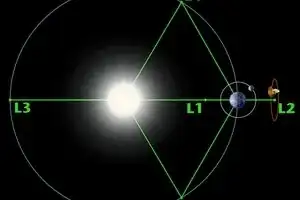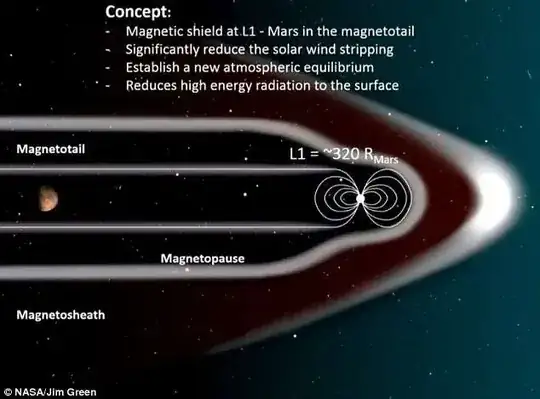No
The issue isn't strength, it's size. Earth's magnetic field is remarkably weak. On the surface, Earth's magnetic field is only 0.25-0.65 gauss. Your average household 'fridge magnet is 100 gauss, up to 400X the strength of Earth's magnetosphere.
But Earth's magnetosphere is MASSIVE.
And that's your problem. Mars is a tenth the mass of Earth, but doesn't have a strong enough (per the needs of your question) magnetic field. An asteroid could be very strong, but without all that lovely mass (in the form of a liquid metal core), its field will be very, very small.
Long story short, by the time you have enough magnetic asteroids to produce a sufficient addition to Mars' magnetosphere, they'd be several times (perhaps many times) the mass of the planet. It would all collapse into a new planet.
The same problem applies to manufactured magnets. Strong, but small. Large fields require massive field-generators. You know, planet-sized.
So, no.

